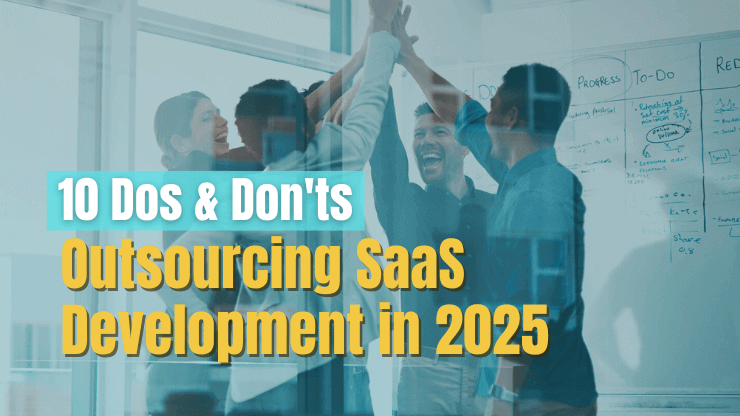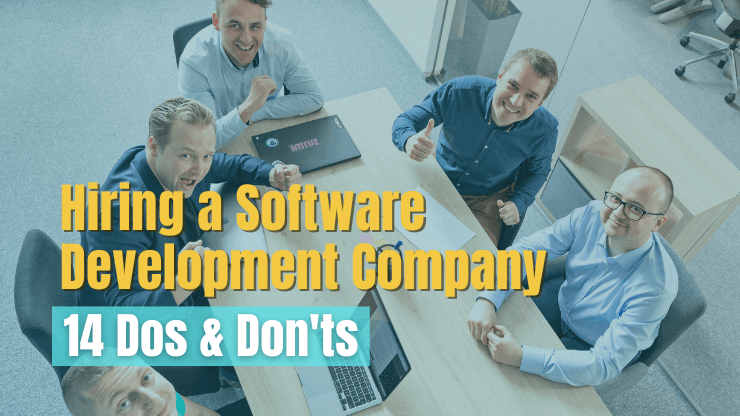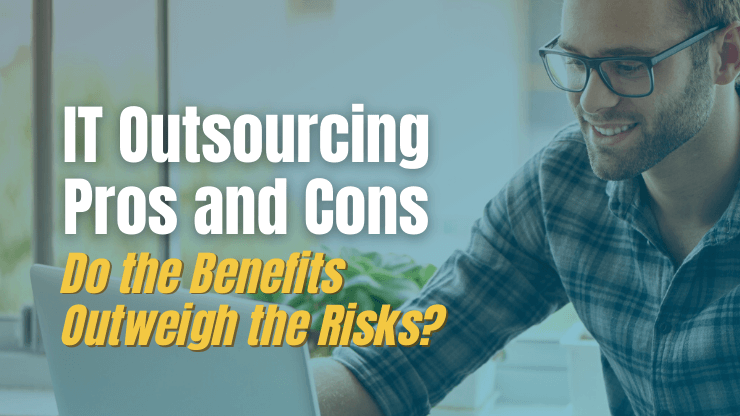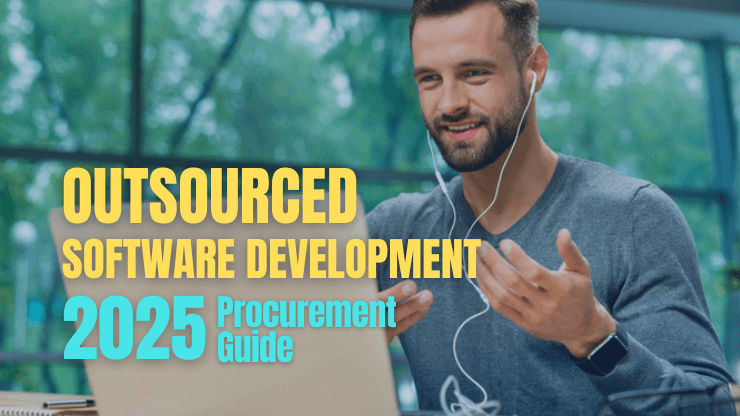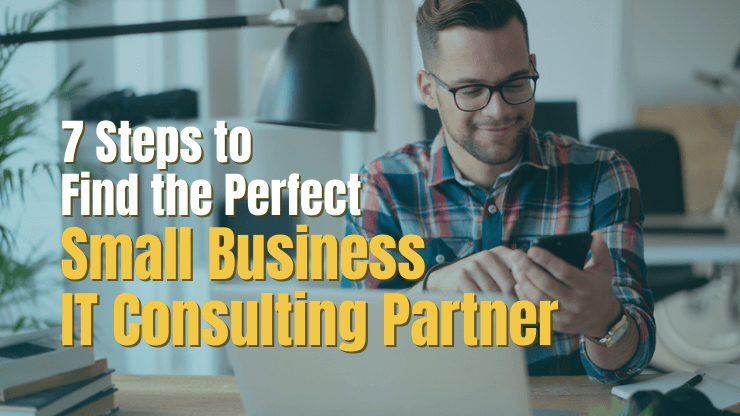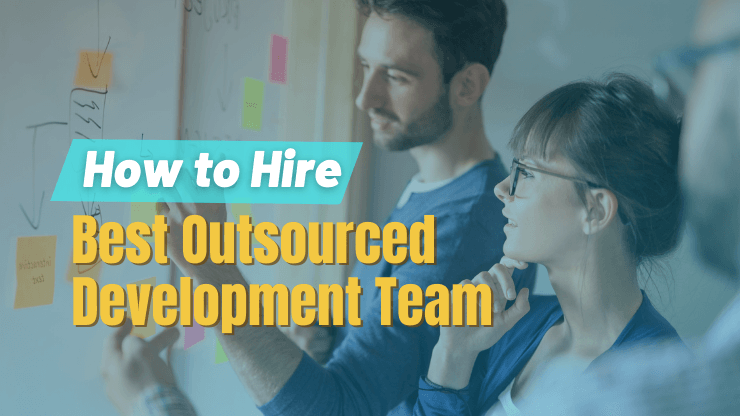Having a great SaaS product idea is just the beginning. To launch a profitable, market-ready software product, you first need a software development team build it. And while outsourcing SaaS product development to external team can help build you SaaS product faster, it doesn’t come without its challenges.
In this guide, we will provide crucial insights to help you navigate these challenges and maximize your ROI when outsourcing SaaS development. With our 15+ years of experience in the industry helping teams build SaaS systems that users love, we’ll provide you with actionable strategies that you can put into practice right away to ensure a smooth software development outsourcing.
Why do startups outsource SaaS development?
In the fast-paced world of SaaS startups, a groundbreaking idea is only half the battle. The real challenge often lies in executing that idea, particularly when resources are limited and an in-house software development team is a luxury.
This is where outsourcing SaaS development offers a compelling value:
- Cost savings: By choosing SaaS software development outsourcing, startups can significantly reduce the considerable overhead associated with maintaining an in-house development team. This includes savings on costs for hiring, training, and retaining employees, as well as the related benefits, taxes, and operational expenses.
- Access to domain knowledge: SaaS outsourcing provides access to a global pool of developers who possess diverse skill sets and deep domain knowledge. These expert developers, with their exposure to varied projects and industries, can bring fresh perspectives, drive innovation, and result in improved project outcomes.
- Time-efficient: The hiring process can be lengthy and time-consuming, especially when the right skills are needed quickly for project success. By outsourcing, startups can bypass this process, as third-party firms already have competent, experienced teams in place to execute SaaS projects.
- Focus on core business: With the technicalities of SaaS development handled by an experienced third party, startups can focus more on their core business activities. This includes strategic planning, business development, marketing, and customer engagement.
While the benefits of outsourcing SaaS products may be compelling, the process can be overwhelming for any startup. The key to successful outsourcing lies in your approach—knowing what to do and what to avoid.
SaaS development outsourcing - Do’s
Lets start with five essential strategies and best practices that can help steer your startup toward a successful and profitable SaaS outsourcing experience, maximizing the benefits while mitigating the risks.

Research your target market
When building a successful SaaS application, the importance of understanding your users can't be overstated. Your app's success relies heavily on user adoption and satisfaction, making it crucial that your vision aligns with your users' actual needs and preferences. This alignment should begin before beginning any software development - and likely before ever contacting SaaS outsourcing companies. To get started with comprehensive research into your target market, we recommend you:
- Engage with your target market: Start by interacting with potential users to learn their needs, goals, and daily challenges. Observe them in their environment to gain insights into their habits and pain points. Use these observations to shape user-focused SaaS solutions.
- Survey potential users: Surveys provide a wider view of your target market. Don't just focus on your own SaaS product; explore your users' overall experiences with other tools or workflows related to your product’s niche. Discover their interests, main concerns, pain points, and favorite web apps. Use this feedback to align your SaaS applications with your users’ expectations.
PRO TIP: After you’ve done some initial user research, it’s good practice to complete an official product validation project. This will help you to ensure that you’ve understood your users’ needs and are building something that resonates with them.
One cost effective approach to product validation is to build a landing page for your proposed product. This can help you to properly describe your product or service and evaluate customer interest in the “real world.” By including a specific call to action such as the “Sign up now” or “Buy now” button, you can measure interest quantitatively.
Read More: Product Validation — 12 Ways to Test Your Product [with Examples]
Define a clear SOW
Establish a solid foundation for your SaaS project by defining a comprehensive Scope of Work (SOW). This document should harmonize understanding and expectations among all stakeholders, outline clear objectives, deliverables, and timelines and facilitate effective collaboration among internal teams and the outsourcing team.
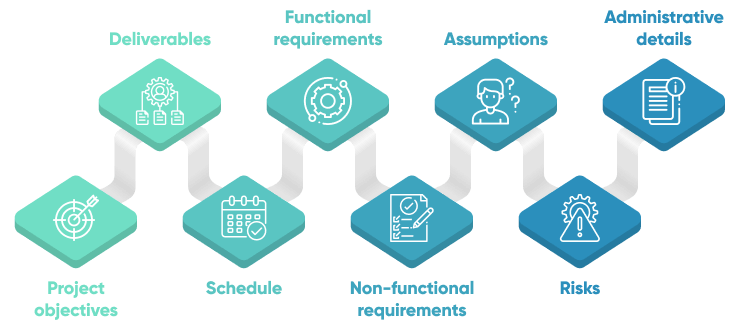
An SOW document should include:
- Project objectives: This outlines the overarching goals and purpose of the software project. It provides the context and vision for the end product and how it aligns with the business's needs. This section helps all stakeholders understand what the project intends to accomplish.
- Deliverables: This section expands on the project goals, breaking them down into specific, tangible outputs or outcomes. It often involves a work breakdown structure (WBS) that lists all the tasks or deliverables expected at the end of the project.
- Schedule: This section provides a clear timeline for the project. It should contain a high-level overview of the project duration and specific start and end dates for each phase or task of the project, along with any dependencies.
- Functional Requirements: This section outlines what the software is supposed to do, detailing every functionality and operation it should perform. These requirements often determine the features and components of the software.
- Non-Functional Requirements: This section describes how the system will work, specifying requirements related to aspects like security, capacity, compatibility, reliability, scalability, and usability.
- Assumptions: This section lists all the underlying assumptions about the project, whether they're related to technology, hosting, deployment, approvals, or any other aspect. This helps ensure that all stakeholders have the same understanding and expectations about the project.
- Risks: This section identifies potential risks and challenges that could affect the project's success. It covers value risks, usability risks, and feasibility risks, among others.
PRO TIP: An SOW should be created as early in the project as possible, ideally before a project is fully staffed and before a software developer or team of developers is brought in. Taking the time to write a fully comprehensive SOW before engaging with potential software developers will help streamline conversations and ensure you receive accurate project estimates.
To speed up the process, use an SOW template:
- If you’re including your SOW as part of an RFP, use the Scope of Work Template (RFP)
- If you’re including your SOW as an appendix to a contract with a SaaS outsourcing vendor, use the Scope of Work Template (Vendor Contract Appendix)
Read More: Software Development Scope of Work [Template, Tips & Tools]
Choose the right outsourcing partner
Anyone that has been through the process of custom software development will tell you that your business partners matter. But, finding the right SaaS development outsourcing partner isn’t easy. There are thousands of options on the market, offering a wide range of services. However, a good place to start is to look for SaaS development companies that offer:
- A portfolio of work with similar clients. Look for a custom SaaS outsourcing company with a strong reputation and track record of delivering successful projects specifically to business clients within your industry. Ask for references from previous clients and check their reviews online.
- Knowledge and expertise in your domain. Determine if the SaaS product development company has the necessary knowledge and expertise to develop the software you need. Consider not just their technical expertise but also their industry knowledge, project management expertise, and business acumen.
- Strong communication skills. It is important to have clear and consistent communication with the SaaS development team. Make sure that you can easily get in touch with them and that they are willing to listen to your feedback and concerns.
- Appropriate security practices. Make sure the SaaS development company has the necessary security measures in place to protect your data and ensure the safety of your business.
- Documented development methodology. Having a well-documented and well-executed custom SaaS project development process in place will improve efficiency and help the team tackle challenges that pop up along the way.
PRO TIP: Once you’ve found a few outsourcing vendors you are interested in working with, you should reach out to them and schedule a video call. This call is your chance to assess compatibility and gain additional insight into their development processes, project management styles, and assess their compatibility with your team culture.

Read More: 15 Software Vendor Interview Questions [Procurement Guide]
Be involved in final testing & QA
Irrespective of your level of involvement in the day-to-day development or the specific outsourcing model you've adopted for SaaS development, it's crucial for your product team to actively engage in the final testing and quality assurance (QA) process. This phase is a golden opportunity to ensure the final product mirrors your envisioned blueprint and caters to your users' requirements. Here are a few strategies to maximize involvement at this stage:
- Take part in usability testing: Get your hands on the product and run it through its paces. This hands-on approach will allow you to understand how the product works from an end-user perspective, helping you identify any hiccups that might affect the user experience.
- Provide constructive feedback: Be proactive in communicating your observations and feedback to the dedicated team of software engineers. Your perspective is invaluable in identifying potential improvements or modifications to enhance the product's functionality and user-friendliness.
- Involve end-users: If feasible, involve a few of your end-users in the testing phase. Their feedback and insights will provide a real-world perspective on the product's usability, helping you make user-centered refinements.
PRO TIP: To maximize the effectiveness of surveys and interviews with potential users, utilize a user or customer feedback tool to systematically gather input and then deliver it to your SaaS development partner:
If you’re looking to distribute a simple survey, consider a tool like Typeform that provides a modern and engaging experience for survey-takers.
If you’re looking to get more detailed feedback as part of an interview or survey, consider a tool like usersnap that allows users to tag specific areas of the software that they want to comment on.
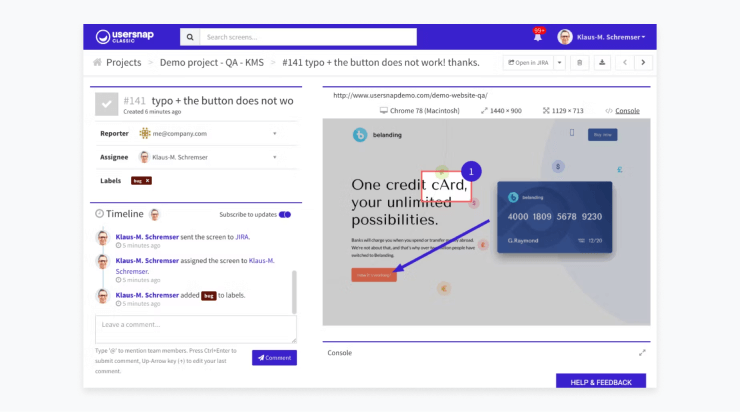
This can work well if you are replacing an existing software or want to understand how users utilize similar software tools to what you are going to build.
Save budget for post-development refinements
Once your SaaS solution is live, the journey has only just begun. User feedback, market evolution, and technological advancements will necessitate continuous refinements and iterations. Therefore, it's crucial to allocate a portion of your SaaS outsourcing budget explicitly for post-development updates. These enhancements might encompass:
- Feature additions: As you learn more about your users' needs and the market's demands, you'll identify opportunities to enhance your product's functionality. The introduction of new features can provide your product with a competitive edge and meet your users' evolving needs.
- Functionality refinements: No product is perfect at launch, and yours will be no exception. By continuously monitoring user feedback and experiences, you can identify areas in your product's existing functionalities that need improvement. Allocating budget for these refinements ensures your product remains at peak performance and continues to satisfy your users.
- Design overhauls: User experience isn't just about functionality—it's also about how users interact with your product. Over time, you may need to modify your SaaS design or user interface elements based on feedback or industry trends. This could mean anything from minor tweaks to significant overhauls, all aimed at enhancing usability and the overall user experience.
- Security and compliance adaptation: As technology advances, so too do the threats that it faces. Keeping your SaaS product secure and compliant with the latest regulations is paramount. This may involve budget allocation for periodic security updates, adopting new security protocols, or adjusting your product to meet new or changed regulatory standards.
PRO TIP: Use a customer feedback collection tool to streamline the process of gathering user feedback and implementing it into the SaaS software. A few tool suggestions:
- Craft.io is designed to help product managers visualize their product roadmap, track customer feedback, and prioritize features.
- ProdPad is a product management platform that helps teams capture customer insights and prioritize features.
- Canny is a customer-centric product feedback platform that helps product teams collect, organize, and prioritize customer feedback.
SaaS development outsourcing - Don’ts
While it's essential to know the best practices when outsourcing your SaaS development, it's equally critical to understand the potential pitfalls. Awareness of these five “don’ts” can save you from costly mistakes and help ensure a smoother, more productive partnership with your outsourcing team.
In this section, we'll shed light on some of the common missteps startups often make in when outsourcing SaaS development.

Don't rush the process of outsourcing
Outsourcing your SaaS development is a strategic move that demands thoughtful planning and time. Avoid rushing this process as hasty decisions could lead to costly errors and setbacks later down the line. Here’s a few steps to help you slow down during the SaaS development outsourcing process:
- Create an evaluation matrix: This tool can significantly simplify the vendor selection process. It quantitatively measures potential vendors against a set of predetermined criteria such as expertise, cost, previous work, and reviews. Using a matrix can help you systematically evaluate each vendor and avoid making hasty decisions.
- Establish priorities: Before embarking on the outsourcing journey, set your priorities. Are you more focused on cost, quality, speed, or a blend of these? Knowing what's important to you and your business early on will guide your decision-making process throughout the outsourcing journey and help you to avoid relying on gut instincts.
- Invest time in vendor discovery: Don’t expect to find the perfect partner in a day or even a week. One of the best ways to avoid rushing the process is simply carving out time to conduct appropriate research and vendor evaluation.
- Start with a pilot project: If possible, consider running a small pilot project with your top vendor choices. This allows you to evaluate their work quality, efficiency, communication, and overall compatibility with your organization before committing to a full project.
Hire Software Developers for Startup — 5 Easy Steps for Founders
How to Choose a Software Development Company in 10 Steps
5–Step Proven Process How to Outsource Software Development
Don’t let cost considerations trump quality
When it comes to outsourcing SaaS development, cost-effectiveness is a major advantage. However, prioritizing cost savings over quality can be a detrimental mistake. Navigating this delicate balance requires a strategic approach that not only takes into account the immediate financial implications but also the long-term impacts on the product's value and sustainability. Here are a few tips to help you navigate this careful balancing act:
- Get buy-in early: Secure early support from your leaders by illustrating the project's potential value. This can streamline resources and align the project with wider organizational goals.
- Consider downsizing your project: To manage costs, focus on the most critical features first rather than compromising on vendor quality. Expand the scope as returns start coming in.
- Think long term: Don't just focus on immediate savings. The product you're developing will serve your business for years, so consider aspects like scalability, maintenance, and future upgrades.
- Calculate your ROI: Measuring the potential return on investment (ROI) can validate whether the project is financially worthwhile. Be sure to consider the long-term value, not just immediate gains. Beware of unusually low rates: Extremely low rates can hide costs that emerge later, like support fees or bug fixing. Conduct thorough due diligence to understand what's included in the initial quote.
PRO TIP: Eastern Europe has become a popular region for custom software development services due to its relatively low labor costs and access to a large pool of highly-skilled frontend and backend developers. Countries such as Poland, Ukraine, and Romania are becoming increasingly popular for technology companies looking to reduce their software development cost. Why do companies outsource to Eastern Europe?
- Highly-skilled, growing IT workforce
- Cost-effective developer rates compared to Western Europe and the US
- Strong English language proficiency and cultural affinity
- Convenient time zone overlap for US clients

Don’t assume that the team intuitively knows your business
A common pitfall when outsourcing software development is assuming that your SaaS development team will immediately grasp the intricacies of your industry, market niche, target audience, or even your specific project goals. Although your new team may be highly skilled in software development, it's critical not to overlook the importance of thoroughly integrating them into the SaaS project right from the get-go. We recommend that you:
- Conduct thorough onboarding: Invest adequate time in a comprehensive onboarding process. The outsourced team needs a deep dive into your business model, target audience, operational ethos, and the particular pain points your SaaS solution intends to address. This understanding will enable the team to make more informed decisions throughout the SaaS development process.
- Prioritize open communication: Encourage open dialogue and foster an environment where the team feels comfortable asking questions and giving feedback. Regular updates and discussions about the project can bridge gaps in understanding and make the collaboration more effective.
- Comprehensive documentation: Equip your outsourced team with detailed project requirements, user stories, and any other software documentation that will help them understand the project better. Documenting your vision, objectives, and specific requirements will help the team translate your business needs into a functional SaaS application.
PRO TIP: User stories can be a great way to share knowledge with your new development team. User stories describe how your users interact with your application. They should be concise and written in plain language, making them accessible to both development teams and stakeholders.
To create user stories:
- Identify users: Determine the different user types or roles that will interact with the system. Work with the product owners to narrow in on specific categories of users, so you can more easily draft stories to match.
- Understand user needs: For each user type, identify their goals, objectives, and the tasks they want to accomplish using the system.
- Write user stories: Create user stories using a simple, non-technical language, typically following the format: "As a [user role], I want to [action], so that [benefit]."
- Break down complex stories: Split larger user stories into smaller, more manageable parts, also known as "epics" and "subtasks."
Use a tool like Miro to easily document and share user stories.
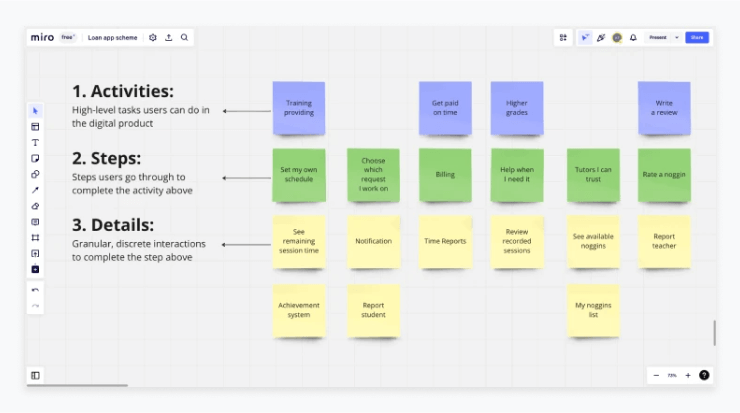
Don’t skip UX testing
The pressure to speed up the development process can sometimes lead to an underestimation of the importance of testing. However, bypassing this vital stage can lead to expensive and time-consuming issues down the line, and potentially deliver a product that falls short of your users' expectations. A few things to look for at this stage:
- Performance evaluation: Assess how well your product performs under different conditions. Load tests, stress tests, and speed tests can reveal how your software handles heavy user traffic or large data volumes.
- Ease of use: Test for the intuitiveness of your product. SaaS systems must be easy to navigate, with a user interface that enhances user interaction. If users struggle to perform basic tasks, they are likely to abandon your product.
- Error handling: Users should be able to recover from errors easily. Test how your system handles errors - both how it reacts internally, and what messages it presents to users. The aim is to prevent users from getting stuck or frustrated.
- Consistency: Ensure consistent design elements across your product. Discrepancies in font, color, button styles, or layouts can cause confusion and disrupt the user experience.
- Accessibility: Check your software for accessibility. Your SaaS product should be usable by people with various abilities, including those with visual, auditory, motor, or cognitive impairments.
PRO TIP: Automated testing can supplement manual testing efforts, providing a fast and efficient way to run repetitive tests and identify issues. This allows more focus on complex testing scenarios in manual testing. Consider tools such as:
- Cypress: A front-end tool for fast and reliable testing in a browser, providing real-time tests and easy debugging.
- Playwright: A Node.js library for automating multiple browsers, supporting a range of features and conditions, ideal for comprehensive browser coverage.
- Selenium: An open-source tool for automating web browsers across platforms, suitable for projects with complex workflows, including mobile web app testing.
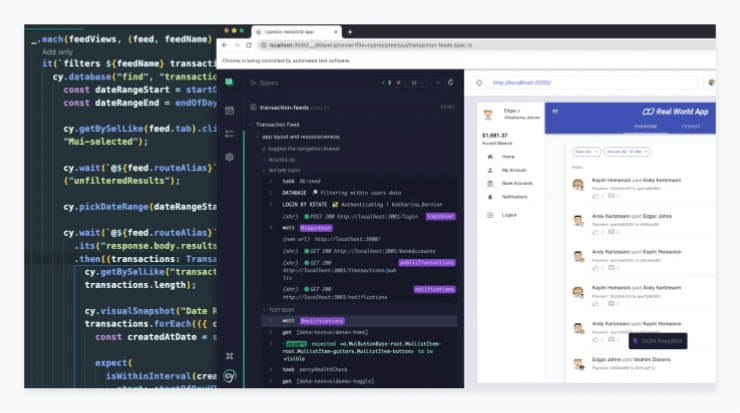
Don’t overlook post-launch support
An important aspect often neglected during SaaS development outsourcing is the necessity for continued support after the product launch. The journey doesn't end once your SaaS application is live; it merely enters a new phase that requires just as much attention and resources. After the launch of your product, you should expect to spend time and development resources on:
- Ongoing maintenance: Like any software, your SaaS application will need routine maintenance, including server upkeep, security updates, bug fixes, and general improvements. Ensure your outsourcing agreement includes provisions for such post-launch maintenance.
- User support: Your users may encounter issues or have questions about your SaaS product. Providing effective customer support is key to maintain user satisfaction and loyalty. Make sure your outsourced team is either prepared to handle this or that you have a separate team ready to step in.
- Product upgrades: To stay competitive in the rapidly evolving SaaS market, you will need to periodically upgrade your product with new features, improved UX, and more. Your outsourcing team should be able to assist with these enhancements.
PRO TIP: In your outsourcing agreement, clearly outline the expectations for post-launch support, which could include ongoing maintenance, user support, and product upgrades. A well-structured agreement ensures your SaaS product's long-term functionality, competitiveness, and user satisfaction, hence safeguarding your investment.
Get software development contract template - Custom Software Development Contract Template Checklist
Conclusion
Outsourcing SaaS development can be a powerful strategy for accelerating your product's time to market, and leveraging external expertise. However, it's crucial to approach the process with thoughtful planning and active involvement.
By keeping these dos and don'ts in mind, you can effectively navigate the journey, ensuring a successful partnership and a high-quality, user-centered SaaS product.
SaaS outsourcing with SoftKraft
If you’re looking for SaaS application development services, we’d love to help. We combine our deep expertise in custom software engineering with a boilerplate-based approach to jumpstart your SaaS product development:
- Pre-built core modules: We have ready-made, extensible components for mission-critical features like Authentication, Subscriptions, User Management, and more. By starting with these foundational modules, you can skip weeks of custom coding and move on to differentiating features right away.
- Ready-to-use UI design system: Launch with a polished interface from day one. Our catalog of tried-and-tested UI elements eliminates common design pitfalls, ensuring a consistent, user-friendly experience from the start.
This approach cuts development cost by up to 40% compared to starting from scratch, delivering a custom, high-impact product without sacrificing quality or adaptability. Contact us and get a free quote for your project!

